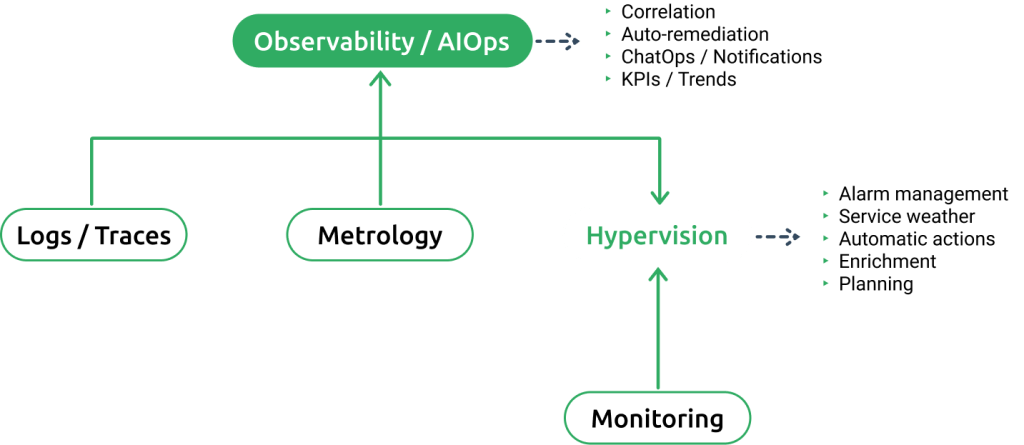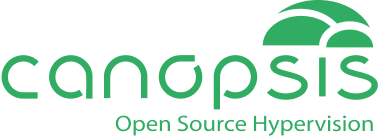For some years now, observability has been on everyone’s lips in the IT monitoring world. Beyond the buzz(word), it places itself above hypervision to make it a source of information in the same way as metrology, logs or traces.
Today, we’re going to look at the links between the two concepts, and how they are inextricably linked. Ready to find out how? That’s what we’ll be looking at right after a vocabulary point.
Focus on observability
You can find the full definition of hypervision here. In a nutshell, it’s an advanced form of supervision that can aggregate, process and restitute all IS events.
On the other hand, observability is the ability to collect and analyze data on information system performance. It is there to better understand the interactions between its various components and determine the root causes of problems.
In short, it’s about going beyond incident recognition and resolution, and looking at the “why”.
Why is hypervision essential to have an observable IS?
If you have anhypervision solution integrated into your information system, you’ll notice that certain functions already fall within the scope of observability.

Take Canopsis, for example.
The statistics gathered by the Correlation and Remediation modules can help you identify and understand recurring problems within your IS.
In the near future, they will also enable risky situations to be anticipated, thanks to the Crisis Scenarios and Cycles / Anomalies functionalities.
And the Metrology widget lets you display the metrics you’ve collected in a way that everyone can understand!
A high-performance hypervision solution like Canopsis is therefore an essential component in the observability of your information system.
To conclude on observability and hypervision
We’ve just seen how hypervision and observability are inseparable. Used together, they allow you to:
- Obtain an overall view of the information system,
- be proactive, detecting and responding to incidents before they become critical,
- make informed decisions to improve IS performance.
Beyond the buzz generated by the “creation” of this concept, it’s clear that observability was already partly implemented, thanks in particular to hypervision solutions. Nevertheless, the spotlight has helped to make observability better known to a wider audience, and to broaden its scope.
In the next article, we’ll focus on Open Source. We’ll see how it facilitates interoperability within the information system, while providing transparency, security and stability.

